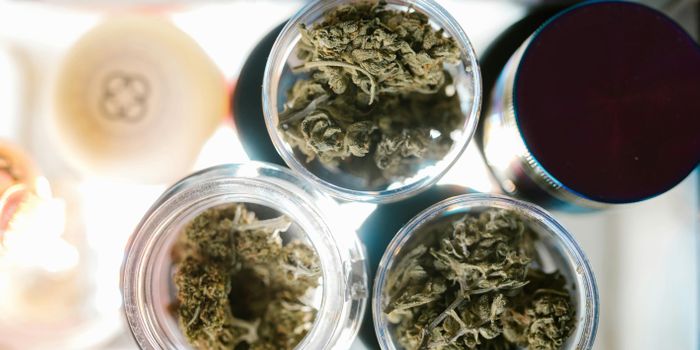Volatile Sulfur Compounds Cause Skunky Cannabis Aroma
Researchers have identified a new family of volatile sulfur compounds (VSC) responsible for the “skunky” smell associated with cannabis and published the findings in American Chemical Society Omega. First, they measured aromatic properties of cannabis flower and concentrated extracts using comprehensive two-dimensional gas chromatography and identified the compound 3-methyl-2-butene-1-thiol as the primary odorant causing the pungent smell. Then the team conducted an indoor greenhouse experiment and found that the concentrations of VSCs evolve during plant growth. VSCs potency significantly increases during the last weeks of the cannabis flowering stage, intensifies during the curing stage, and then decreases as storage time progresses.
Terpene combinations create a unique aroma, taste, and medicinal value. Many researchers believe terpene profiles are more accurate indicators of a specific strain’s potential effects. Indica or sativa labels broadly describe common effects of a strain, but they may not accurately describe the dominant effects of a specific terpene profile.
Terpenes are grouped by their size. They have different molecular formulas, and scientists group them by size into monoterpenes, sesquiterpenes, diterpenes, and sesterterpenes. Myrcene is an example of a monoterpene because it has a C10H16 structure, and humulene has the C15H24 structure of a sesquiterpene. Myrcene is abundant in many cannabis cultivars such as White Widow, Blue Dream, and Jillybean. It is often used for reducing pain, anxiety, and insomnia. Humulene is found in Girl Scout Cookie and Bubba Kush which have anti-inflammatory, anti-tumor, and anti-bacterial effects.
An increasing number of cannabis regulatory agencies are mandating analytical verification of terpene profile as part of the labeling requirements. ASTM International (formerly known as American Society for Testing and Materials) and other cannabis regulatory agencies advocate labeling that specifies the amount of five common cannabis terpenes: limonene, myrcene, pinene, terpinolene, and caryophyllene. Dr. Darwin Millard, one of the ASTM cannabis committee members and chief science officer of a California cannabis ingredients manufacturer, explains the importance of terpene content labeling. According to Millard, “it’s important for medicinal-use consumers to have that extra level of information in order for their medical professional to give them an appropriate recommendation.”
The discovery of this new family of VSCs has implications for future research on terpene content. The research team noted the chemical similarity between this new family of VSCs and those found in garlic (allium sativum). Investigating cannabis’s chemical similarity with other plants’ terpene content will be a critical next step in cannabis science research.
Sources:
American Chemical Society Omega, Hemp Industry Daily








